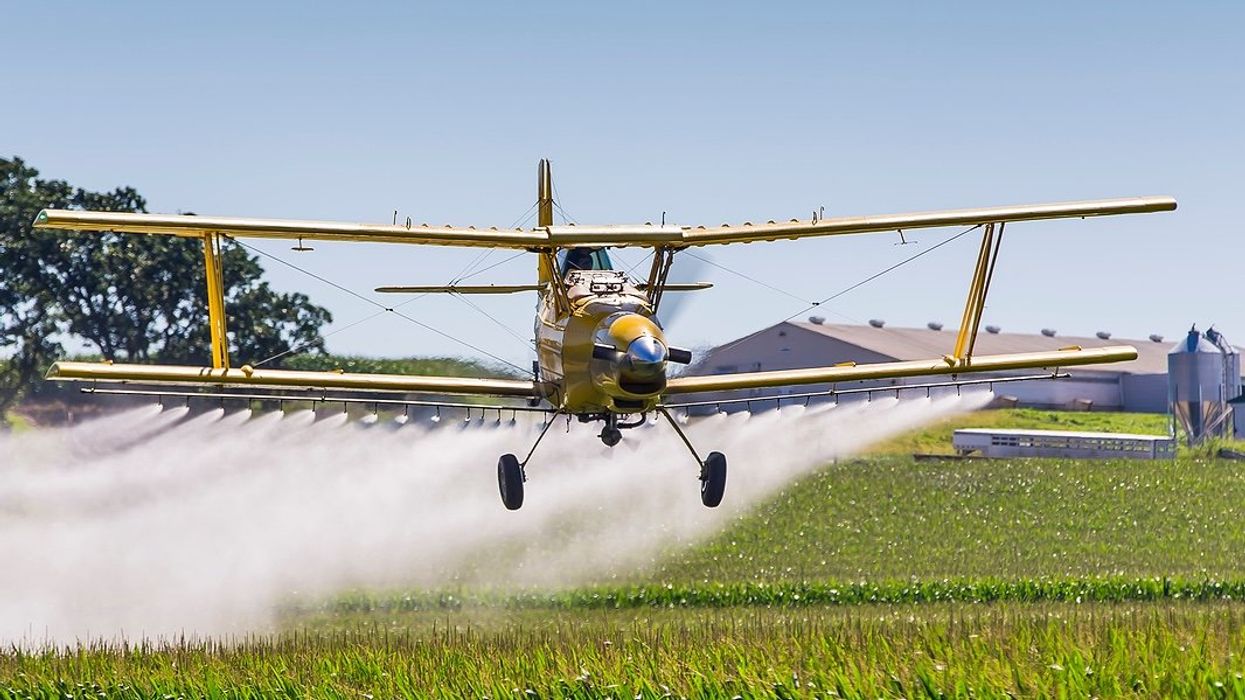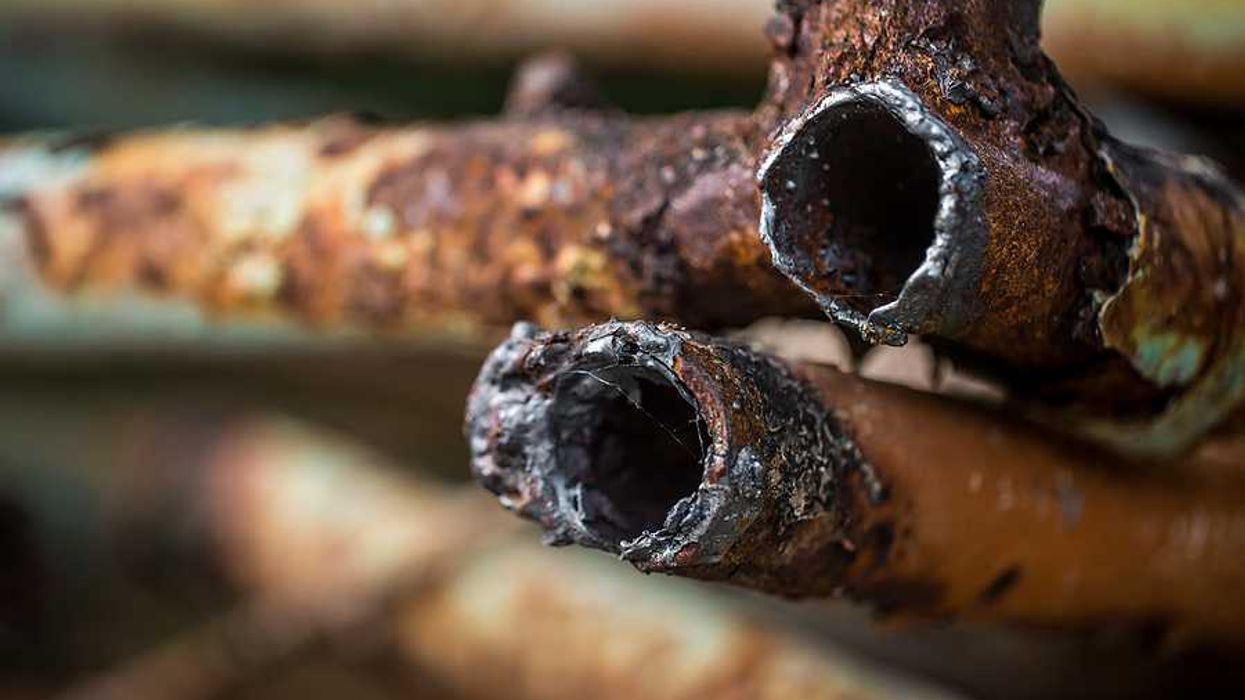The U.S. Environmental Protection Agency is heading into its long-delayed glyphosate safety review with a decimated workforce and reliance on a deeply flawed scientific record that includes a ghostwritten paper favored by Monsanto.
Alexander Kaurov and Naomi Oreskes write for Undark.
In short:
- The 2026 review of glyphosate is four years late and comes after a federal court demanded the EPA reconsider its earlier “not likely” carcinogen determination.
- Trump-era budget cuts and layoffs have gutted the agency’s in-house scientists, leaving officials dependent on published studies, even those subsequently revealed to be influenced by corporate interests.
- A 2000 paper on Roundup, largely written by Monsanto employees, has now become a cornerstone of regulatory decisions and public guidance, despite evidence of its unethical ghostwriting.
Key quote:
“The content of this article is dangerous. I work in the agricultural sector in Southern France. I was at a meeting with some farmers discussing safety when a guy addressed the crowd and literally quoted this article stating that glyphosate does not cause cancer and is less dangerous than table salt.”
— Wikipedia user, reporting on community use of flawed glyphosate research
Why this matters:
Glyphosate, the world’s most widely-used herbicide, is back in the regulatory spotlight, and the U.S. EPA is conducting its work with half the team it needs, informed by a tainted Monsanto-backed paper. Oreskes and Kaurov argue that it's now up to the broader scientific community to take a strong stand to ensure that rigorous, independent research — not the work of corporate insiders — remain the foundation for regulatory decisionmaking.
Read more:















